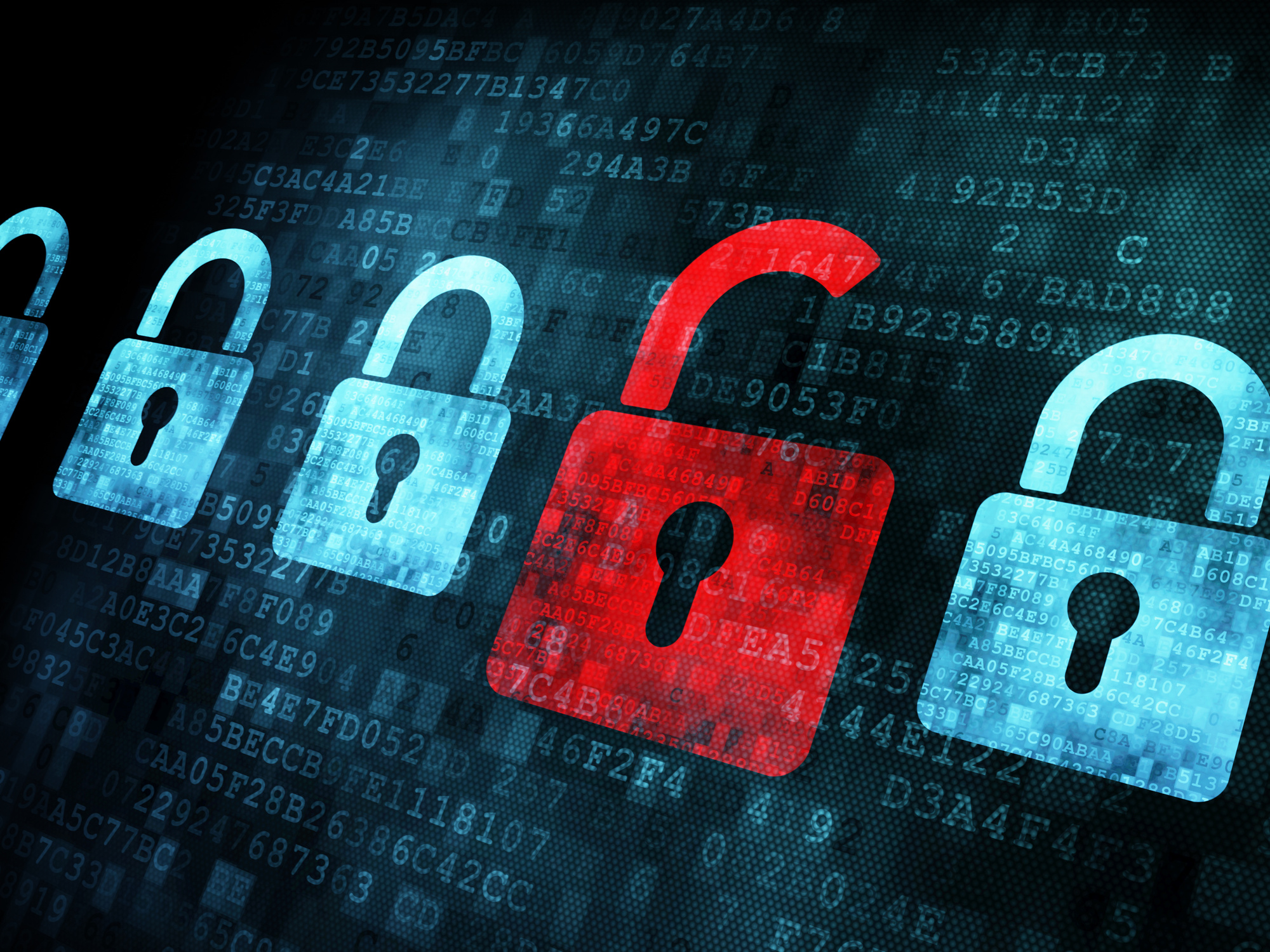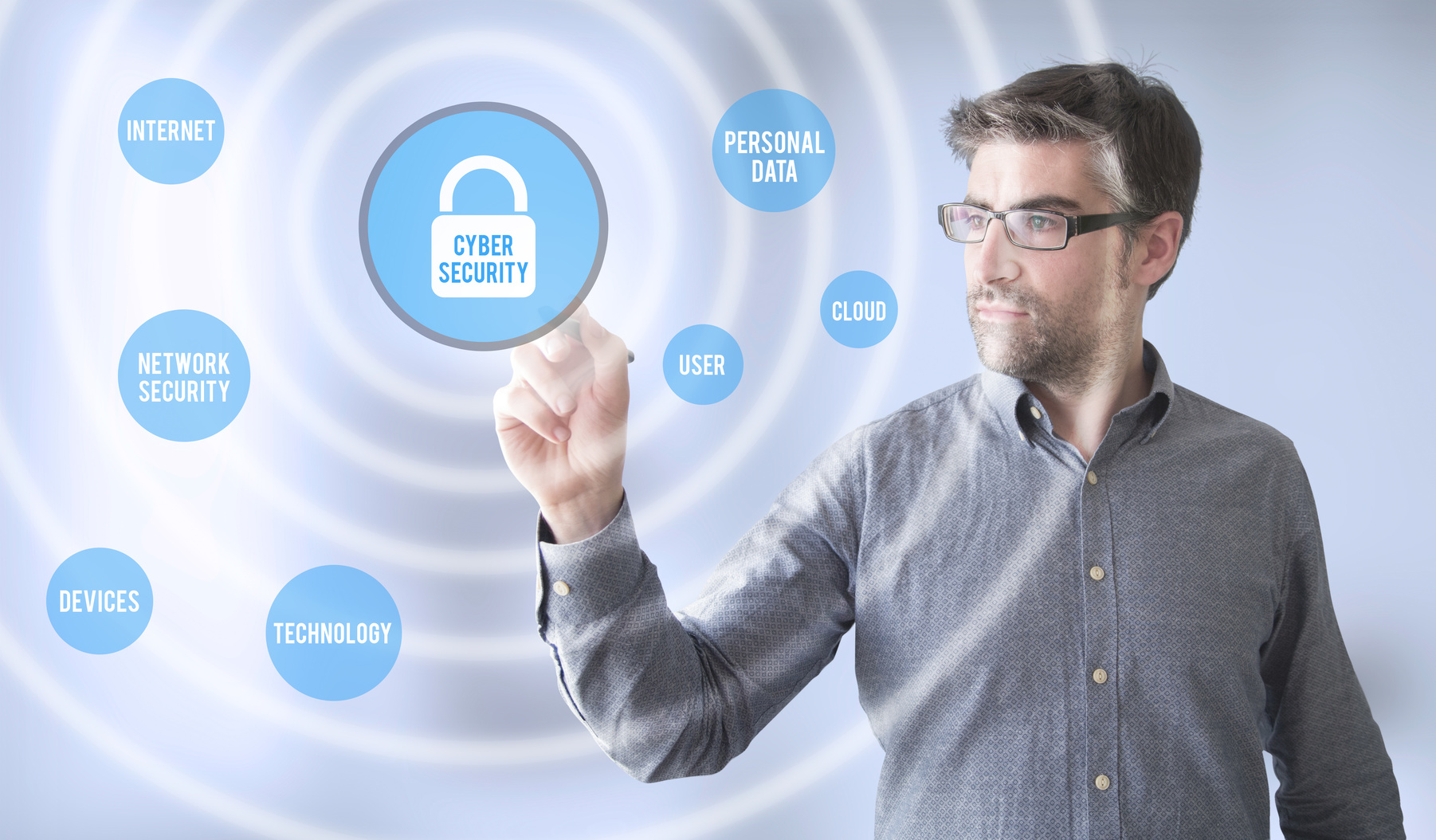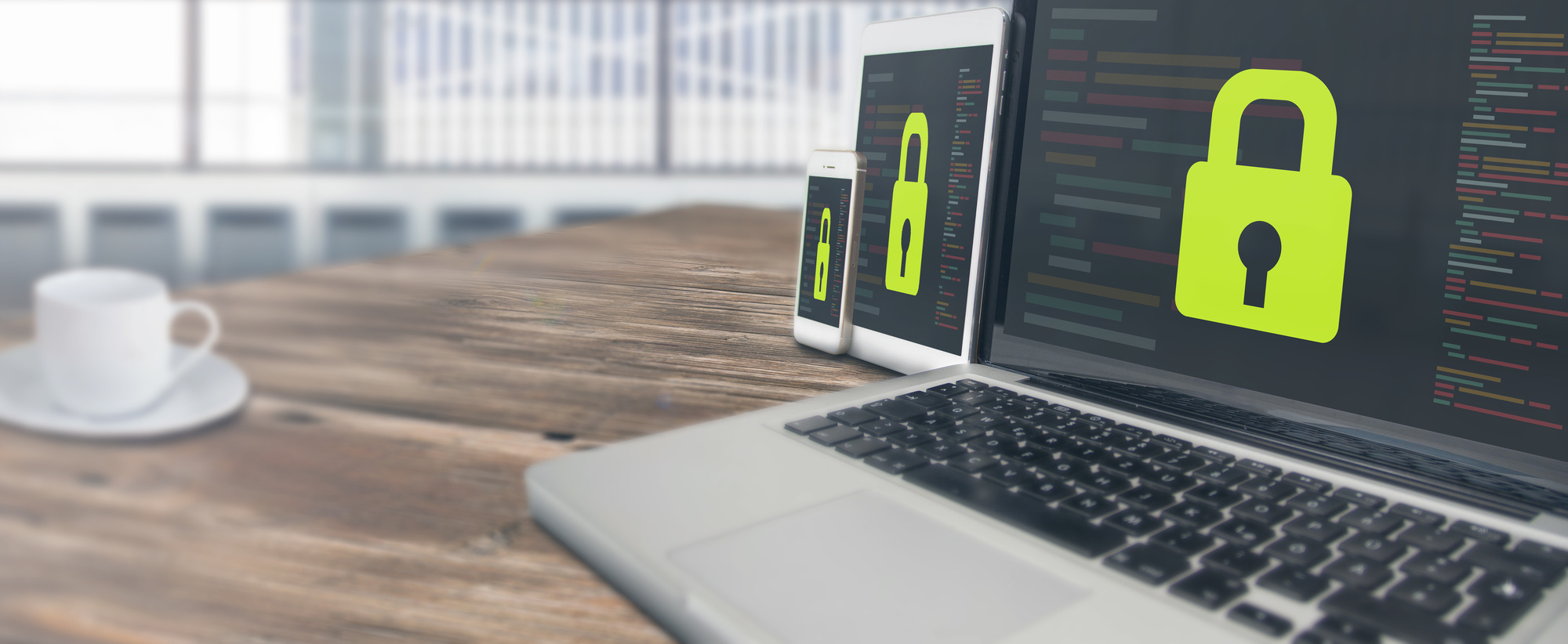Your team members love the convenience of being able to work from wherever they want, on their own schedules.
And while you enjoy the freedom yourself, you’re also deeply concerned about remote access security issues.
You need to find a way to work to create a secure environment and to protect your company data no matter where your employees are located.
That’s what this post is all about.
From considering working with remote desktop services to training your team to stay off of public WiFi networks, this post will tell you what you can do to improve your data security in a remote working environment.
1. Install Firewalls and Anti-Virus Software
The first thing that you need to know to conduct remote work safely and securely?
Install antivirus software on any laptop or personal computers that your employees are using. This is why it’s such a smart idea to give out company-issued laptop computers — as you can control the security settings on each one.
Always make sure that you train your team on your company’s security policies to prevent any kind of miscommunication from compromising sensitive client and company data.
Next, always install firewall protection on computers used remotely.
This will make it harder for a virus to spread and will prevent hackers from making an outbound connection to your computer.
2. Install Automatic Updates
Another way to stop remote access security issues before they start?
Look into installing automatic software updates on work computers.
Yes, we know that having to wait for the update to install, load, and then restart your computer can be frustrating. But it’s nowhere near as frustrating as having to call your clients to let them know their information has been compromised or having your website go offline for days at a time.
Remember that security software updates are created because they can address security issues and types of hacking that they did not previously protect against.
So, if you don’t update your security software as soon as is possible?
You’re leaving your computer open to potentially new and more widespread hacks.
Auto updates make the process much easier because you don’t even have to think about it.
3. Cover How to Recognize Phishing Attacks
As you might have guessed, educating your team about the different kinds of remote access risks is an essential part of keeping everything running smoothly.
One of the biggest threats to remote workers — especially those who check their personal emails on work computers?
In brief, this is the process of hackers disguising links in an email that will encourage you to click on them. Once you do so, they can gain access to your passwords, social security numbers, credit card information, and much more.
It’s absolutely essential that you teach your team members how to recognize these attacks.
In general, they shouldn’t ever open an attachment from a suspicious or unfamiliar sender. If an email contains links, make sure that they move their mouse over it to see what it is.
Often, hackers will hide the links to malicious sites in the content, and disguise it as a “safe” link.
You can also use free link verification online tools and other training tools to help your team learn to recognize a phishing attack.
4. Consider Remote Desktop Services
Another way to handle data security for team members who are working remotely?
You should think about using remote desktop services. In a nutshell, this helps to create an incredibly secure environment that uses a special software to give the user access to a program’s user interface.
Then, each time that the user clicks on anything, it’s sent back to the server to be securely screened.
So, all that a user will see is the unique session that they’re working on.
Plus, it also makes automatic data backups, lowers your overall operating costs, and makes it much safer to share files.
It even works well with your mobile devices, so you can stay secure on the go!
Looking to learn more about some of the top companies that offer remote desktop services?
If so, be sure to check out Databerry. They’ll give you some of the top Windows Remote Desktop Services that keep your team working seamlessly and protect your data at the same time.
5. Refrain from Using Public WiFi
The final step in mastering remote security?
Make sure that you instruct your team members never to access the Internet on a public WiFi network.
Sure, it might be convenient. But it’s also an incredibly easy way for the hacker sitting across the table from you to get access to all of your sensitive client information.
It’s much easier than you might think for them to get remote access to an employee’s computer over a public network.
And once they’re in?
They can see everything.
Always tell your team to work on a very private network, not a public one.
Master Remote Data Security with These Tips
We hope that these five remote data security tips have helped you to learn how you can protect your sensitive client and company information no matter where you are.
Remember that it’s all about making sure your team is on the same page, installing software updates, and investing in excellent firewall protection.
Looking for more information about how to improve your site security?
We’re to help!
From keeping your site online to finding the right hosting platform for your needs, we’ll tell you everything you need to know.




